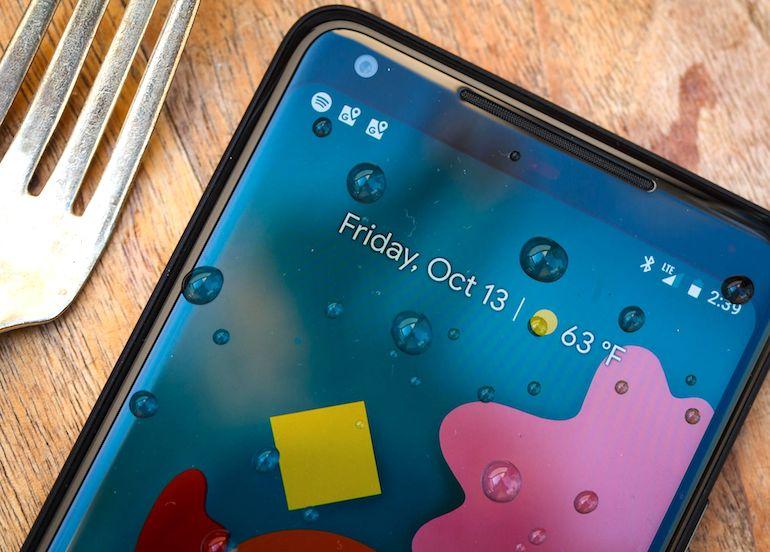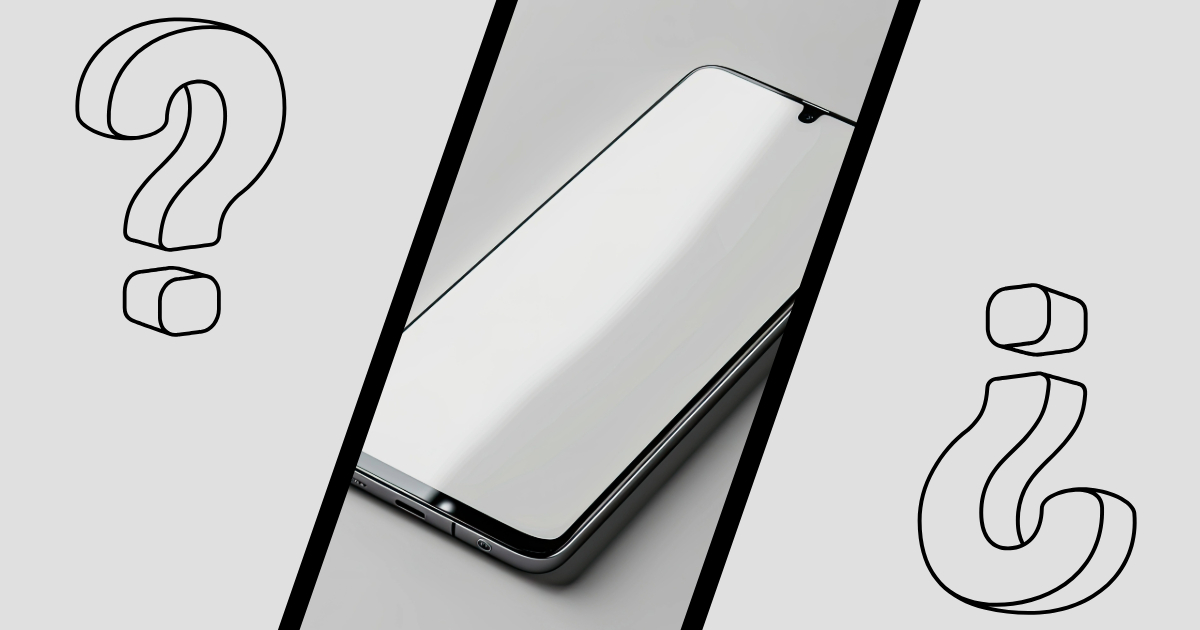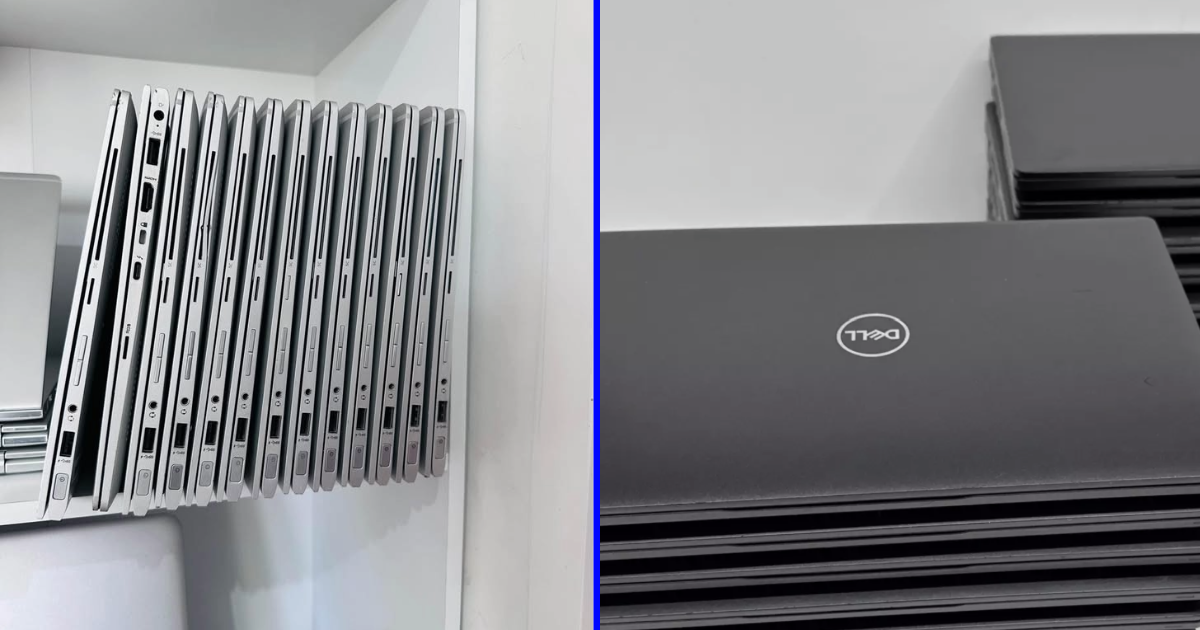If you’re an Android user, Android P is about to take over your digital life. During Google’s 2018 keynote event, which took place May 8–10, the tech giant highlighted its aim to make smartphones flexible for its users. This is mainly done through a comprehensive UI cleanup. The majority of these changes and updates will be on Android P, which is a follow-up to last year’s Oreo release.
There’s still time away before the new Android OS becomes available to the public. But even in its beta form, Android P is already exhibiting a great deal of promise. And while certain features and specs are bound to change before its official release, for the time being, here’s what you need to know about Android P:
Gesture-Based System
In 2011, Google launched the three-button navigation system—Back, Home, and Recents—via Android 3.0 Honeycomb. Since then, the system has grown to be an iconic Android feature that users have come to know and love. After seven years, this beloved navigation system will be replaced by a brand new gesture-based system. With the new Android OS, Google will heavily rely on gestures for user interface navigation.
This is how the new system works:
- To go to Home, click the Home button.
- To access the Recents page, swipe up.
- To launch the app drawer, either make a long swipe or do a double swipe.
The Back button will appear on certain apps, and only if needed.
These combined actions of taps and swipes can be a bit confusing. But experts anticipate that Google will present a more sophisticated and polished version of the new gesture-based system in the final build.
Round and Vibrant User Interface
The visual improvements in the new Android OS are not as extreme as the changes made from KitKat to Lollipop. But Android P will certainly display noticeable changes compared to Oreo. Two obvious updates are easy to spot: the rounded corners of icons and the more colorful icons seen in Settings.
Another noticeable thing about Android P is its vibrancy. It has a more lively and dynamic feel compared to previous versions of the operating system. But this isn’t much of a surprise. Between the new gesture-based system and improved animations, Android P is definitely Google’s most animated OS yet.
Petit Four or Popsicle?
Google has already presented tons of information about Android P, but its official dessert-themed name remains undisclosed. There are a lot of speculations floating online, but the top contenders are Petit Four and Popsicle.
It’s not common knowledge, but prior to Google settling on alphabetized dessert names, Android 1.1. was known internally as Petit Four. As such, it’s likely that Android 9.0 will be named after this tiny, delicate French cake.
Alternatively, the new Android operating system may be introduced as Android 9.0 Popsicle. This isn’t a far-fetched idea since Google already used a frozen dessert before, the Ice Cream Sandwich.
Since Google hardly ever reveals the names of new OS versions during conferences, we can likely expect the announcement a few weeks before Android P’s release date.






